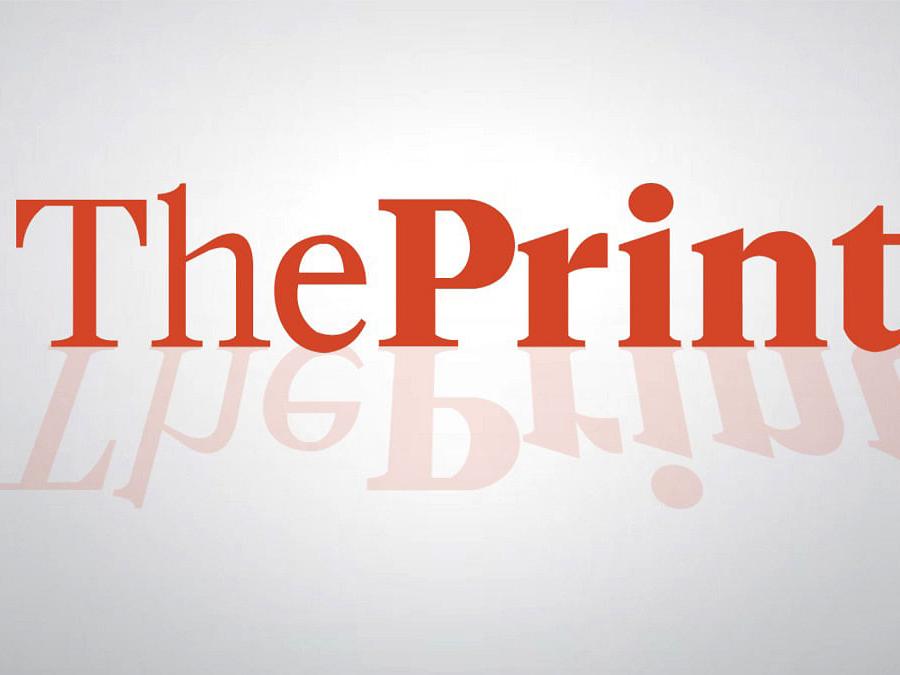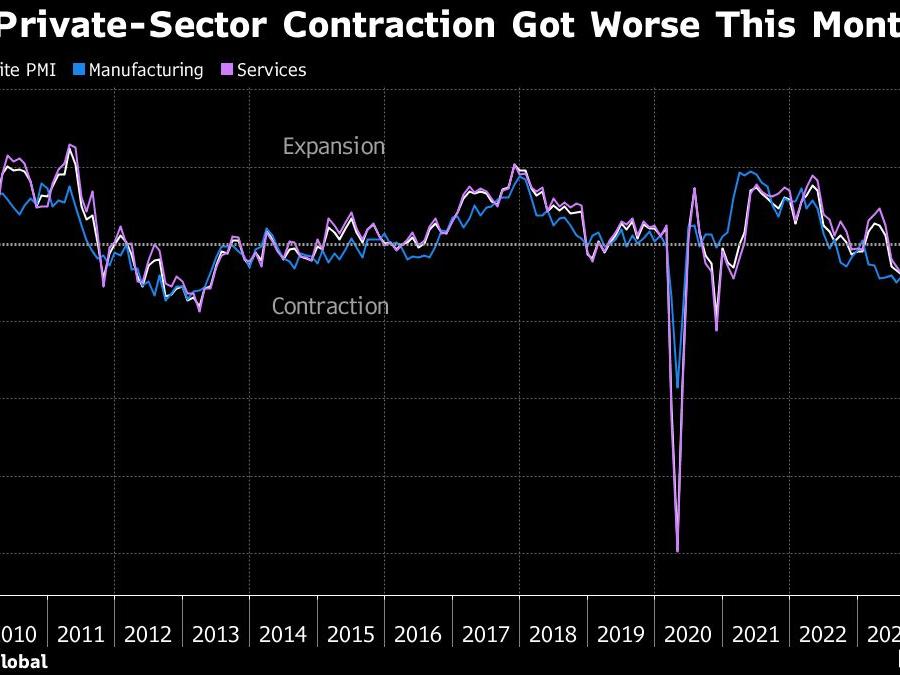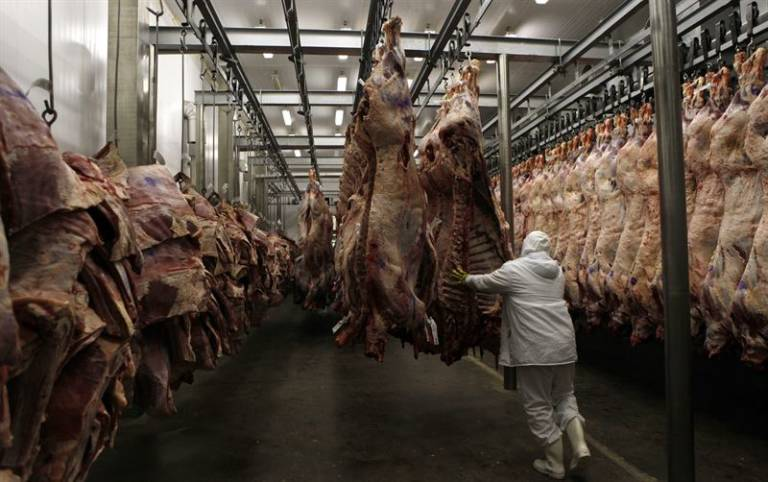The Bank of England (BoE) has made a significant move in monetary policy, cutting its key interest rate for the first time in over four years. On Thursday, August 1, 2024, the BoE reduced the rate by 25 basis points from 5.25% to 5%. This decision was reached by a narrow margin, with five members of the Monetary Policy Committee voting in favor of the cut and four voting to maintain the current rate.BoE Governor Andrew Bailey emphasized the need for caution in this new phase of monetary policy. He stated, ‘We need to make sure inflation stays low, and be careful not to cut interest rates too quickly or by too much’. This cautious approach reflects the BoE’s ongoing concerns about inflation, despite it having reached the target rate of 2% in recent months.The BoE’s economic forecasts suggest a slight increase in inflation to around 2.75% in the coming months, before it is expected to return to the 2% target by early 2026. This projected temporary rise is attributed to base effects from energy price changes in the previous year.This rate cut aligns the BoE with other major central banks that have begun cautiously lowering rates. The European Central Bank (ECB) cut rates in June, with expectations of further cuts in September. The U.S. Federal Reserve is also considering potential rate cuts, depending on incoming economic data.The decision has had immediate impacts on financial markets. The British pound initially fell by 0.74% against the US dollar to 1.2760, while UK equities saw a slight rebound, with the FTSE 100 index rising 0.2%. Economists and market analysts are now speculating on the future path of interest rates, with some expecting 1-2 more cuts in 2024 and further reductions in 2025.As the BoE navigates this new phase of monetary policy, it remains committed to a data-dependent approach. The bank has stated that it will decide on the appropriate degree of monetary policy restrictiveness at each meeting while closely monitoring inflation persistence. This cautious stance reflects the delicate balance the BoE is trying to strike between supporting economic growth and ensuring price stability in the UK economy.
Key points
- The Bank of England has cut its key interest rate from 5.
- The decision was made by a narrow 5-4 vote, reflecting ongoing concerns about inflation.
- BoE Governor Andrew Bailey emphasized a cautious approach to future rate cuts.
- The BoE expects inflation to rise slightly to 2.
- This move aligns the BoE with other major central banks that have begun lowering rates.
25% to 5%, the first reduction in over four years.
75% before returning to the 2% target by early 2026.
Contradictions👾While most sources report the rate cut as the first since 2020, some state it’s the first in over four years.
This discrepancy likely stems from different reference points or rounding of time periods.



